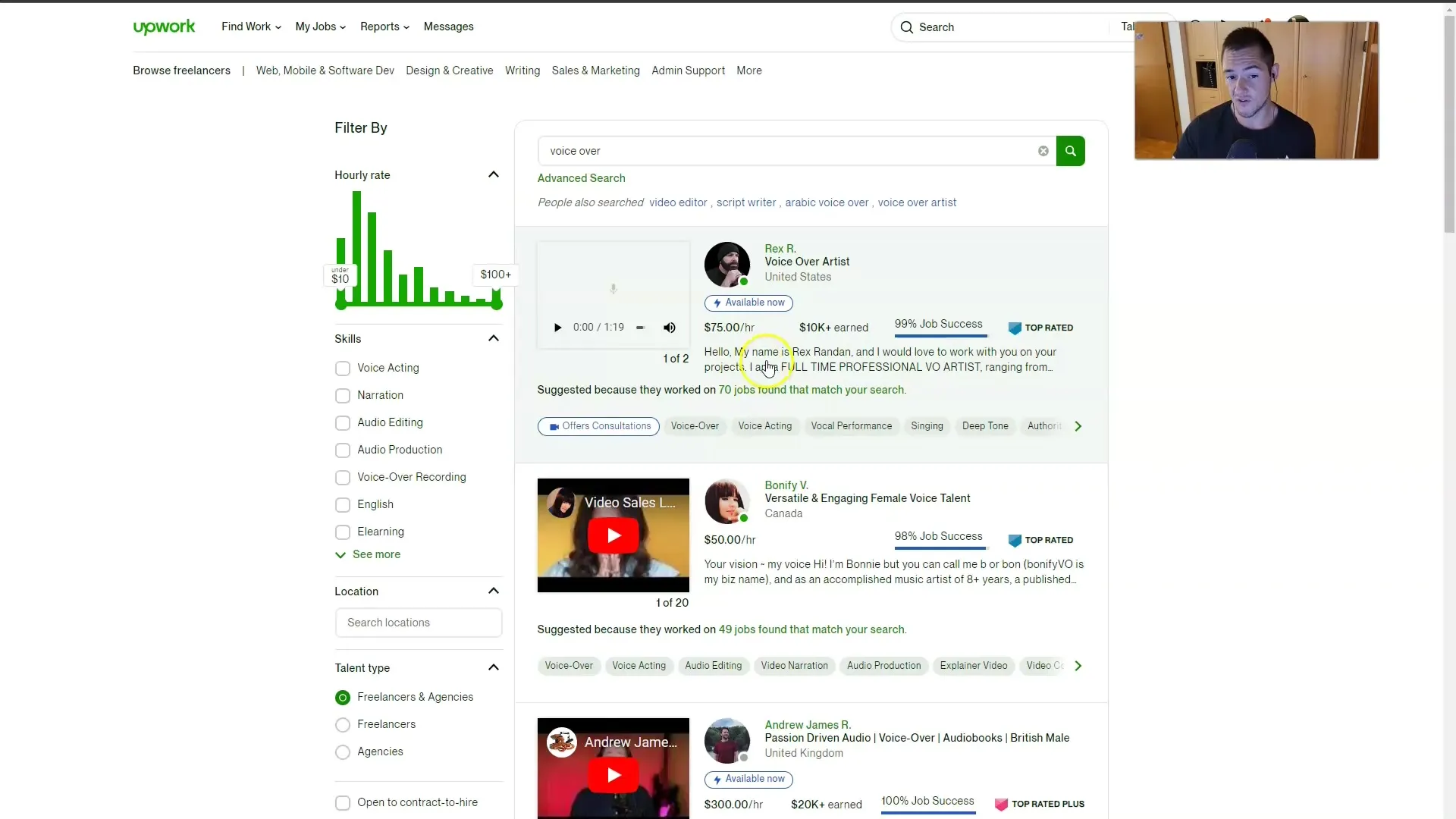It is becoming increasingly important to create multilingual content, especially for audio productions such as audiobooks and educational materials. If you are an entrepreneur or content creator in this field, you have probably already noticed that finding suitable voice actors can be not only time-consuming but also costly. In this guide, we will address the challenges that arise when creating multilingual content and shed light on the costs that may be incurred. Additionally, I will show you some efficient solutions to save time and money.
Key Insights
- The costs for professional voice actors can vary significantly.
- Searching for actors in different languages is time-consuming and often expensive.
- There are tools and technologies that can help optimize the process and reduce costs.
Step-by-Step Guide
1. Market Research
Start by researching the prices of voice actors. You should look at what people in your field are charging to get a sense of the market situation. For example, a voice actor may charge rates of up to $300 per hour, which can quickly become unaffordable for small businesses.
2. Selection of Actors
After doing your research, compare the selected actors. You will likely come across a variety of offers that vary greatly. Some actors may ask for $75 per hour, while others may command top prices. Consider the quality you need for your project and choose accordingly. Quality indicators such as materials and references are crucial.

3. Cost Estimation for Multilingualism
If you are planning multilingual content, you must consider the costs for each actor in a separate language. The more languages, the higher the total costs. This means that in budget planning, you should consider that you may need to hire multiple actors for the same project, which can exponentially increase costs.
4. Efficiency Improvement through Tools
This is where technology comes into play. Use modern tools and software that can automate the process of finding actors or offer AI-driven voices. These tools can help you find suitable voices for different languages, saving you time and costs in the search process.
5. Price Negotiation
Once you have chosen one or more actors, do not hesitate to negotiate prices. Prices are often flexible and actors are willing to offer discounts for large orders. If you have several hours of work or multiple projects in sight, this could have a positive impact for you.
6. Distribution Planning
Efficiently planning your distribution is equally important. Make sure you have all the necessary information about the format and language of your content to ensure a smooth publishing process. Also, check the requirements of the platforms where your content will be published.
7. Develop Long-Term Strategies
Think about how you can increase efficiency and reduce costs in the future. Building long-term relationships with actors or platforms can help you get better prices or discounts over time. Additionally, stay informed about new technologies that offer automated solutions for multilingual content.
Summary
In this guide, you have learned how challenging and costly creating multilingual content can be. It is crucial to familiarize yourself with market prices and find suitable solutions to increase efficiency and minimize costs. Thanks to modern tools and strategies, you can not only save time but also conserve your budget.
Frequently Asked Questions
What to do if the costs for actors are too high?Consider using AI-driven alternatives, which are often more cost-effective.
How can I find the best actors for different languages?Use online platforms and comparison sites to find actors and evaluate their qualities.
Are there ways to negotiate with voice over actors?Yes, many actors are willing to negotiate or offer discounts for larger orders.


